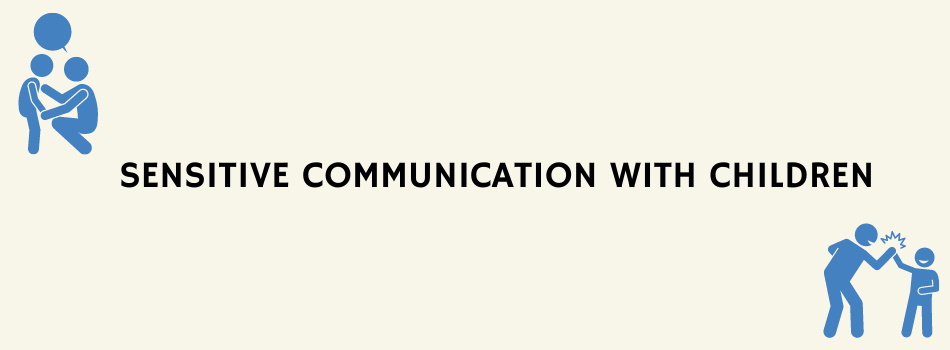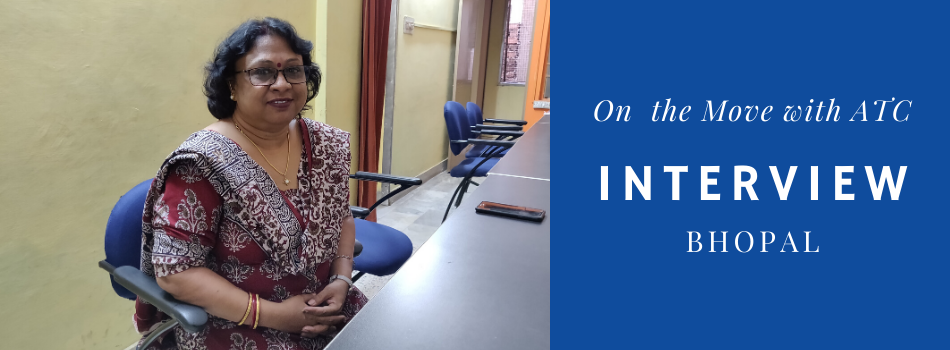
Understanding the impact of labeling on children: A counselor's insights
Shruti Chatterjee
Counselor
Pallavi*, a 14-year-old girl child, has been residing at a CCI for the past four years. She experienced neglect from her family and has been seeking counselling since her stay at the CCI. Pallavi often likes to express her thoughts and is decisive. However, due to the neglect she had faced, she appeared to get defensive and aggressive at times. Her caseworker helped her understand that her anger outbursts are not normal and socially approvable, therefore, she showed eagerness to work with Prerana’s counselor to analyze her emotions. She was responsive to the activities the counselor had conducted to help her identify emotions. However, she would tumble back to her anger and eventually, felt guilty for being angry.
Pallavi and the counselor worked together to acknowledge her anger and also normalize it through activities like identification of a character’s emotions in stories. It helped her realize that anger is an acceptable emotion like happiness. However, she found it extremely difficult to control her outbursts. During the counselling sessions, she would report that fellow girls at the CCI, and the staff, triggered her outbursts. She got significantly irritable when her peers commented on her failures. Due to this, she perceived their suggestions of completing any task as criticism and avoided any interactions with them. She informed to the counselor about the same. Various anger management techniques like deep breathing, impulse control, and maintaining picture diaries were conducted and Pallavi responded to those positively.
The counselor also observed that Pallavi had been performing below average in academics and the case workers were reminding her of the same, in front of her peers. During a discussion with the caseworker, she shared that Pallavi deliberately puts little effort on her studies, likes to pass her time, and is lazy. Post the discussion, the counselor frequently discussed the labeling encountered by the child with the caseworker. The caseworker was helped to understand that Pallavi is gradually losing confidence in herself and has become significantly self-critical because of the labeling. The counselor and the caseworker also worked together to understand that labeling in front of peers could result in psychologically harmful consequences such as extreme feeling of shame, anger and hurt.
Pallavi, in the meanwhile, had started to develop respect for the caseworker and would constantly strive to prove her potential. She felt obligated to perform well in academics and shared, “Tai ne mere liye bohot kuch kiya hai, aur me itna nahi kar sakti (Tai has done so much for me, why can’t I do this much?).” However, the counselor observed that Pallavi is unable to recognize and grasp information as well as her peers of the same age. After mutual discussions between the counselor, Pallavi and caseworker, it was decided to get her Intelligence assessment and she was referred for IQ evaluation. The result of the assessment suggested that Pallavi falls under the borderline IQ range. The caseworker expressed that Pallavi should not be admitted to a special school and that she would work with her. Repeated efforts from the caseworker to help Pallavi focus on studies didn’t work effectively. Pallavi started getting irritated at the academic tasks given to her and avoided any discussions with the caseworker.
The counselor then suggested that Pallavi is finding it difficult to grasp the concept and initiated the discussion on her admission to a special school. Meanwhile, during the sessions, it was evident that Pallavi had lost confidence in herself and was using adjectives like ‘lazy, drama karne wali’ that her peers and caseworkers addressed her with. She started believing she was ‘good for nothing’, but would often share her dream to be independent in her life. Since Pallavi was being hopeful about her future and expressed the motivation to work towards it, the counselor and Pallavi started focusing on sessions that would reflect on self-esteem. The counselor worked in cooperation with the caseworker to help her understand Pallavi and her needs. She, along with the team of case workers, decided to give Pallavi positive reinforcement and appreciation. It was observed that when Pallavi’s strengths were recognized and appreciated, she felt encouraged to keep going. She also showed sporadic improvement in her academic and extracurricular performances and discovered her interests in sketching.
During the COVID-19 induced lockdown, Pallavi’s interests and efforts significantly reduced in academics, which was the case for most of her peers. However, she showed significant distress because of this. Her sketches were also depicting her emotional state of shame and guilt. Art helps children express their unresolved conflicts and unidentified emotions during counselling. While children lack vocabulary, they are expressive. This medium helps them not only to paint out the picture of what goes on in their mind, but also to resolve issues through sensitive and non-judgmental interaction related to their art. Pallavi reached the point of boycotting all academic activities. During a discussion with Pallavi’s teacher, she shared about the genuine efforts Pallavi tried to put into studying. The teacher quoted, “Pallavi is trying hard but has difficulty in memorizing and recalling. Her basic concepts in all subjects are yet not clear.”
Pallavi is constantly trying to prove to everyone around her that she is capable but is worried about not being able to perform in academics. As a child, she is deeply impacted by the labeling she has been through. This has weakened her self-esteem and self-image. Pallavi and the counselor explore the gains she experiences in everyday life to help her believe in herself. This process of counselling with Pallavi has proven to be a roller coaster, and continues even today. She has been able to acknowledge her emotions, understand her trigger points, and get a control of it through the process of counselling. The new challenge for her is to develop her self-esteem, despite certain unfavorable situations. Pallavi’s case reminds us about the basic principles of casework with regards to empathy and non-judgmental attitude. While working on a case, it is crucial to keep in mind how the child’s interaction with the environment can have an impact on the child’s mental health and wellbeing.
To be or not to be? Questions on motherhood searching answers
Over the past few years, Prerana’s Anti-trafficking Center (ATC) has been instrumental in documenting challenges while working on anti-human trafficking Read more
Over the past few years, Prerana’s Anti-trafficking Center (ATC) has been instrumental in documenting challenges while working on anti-human trafficking Read more



